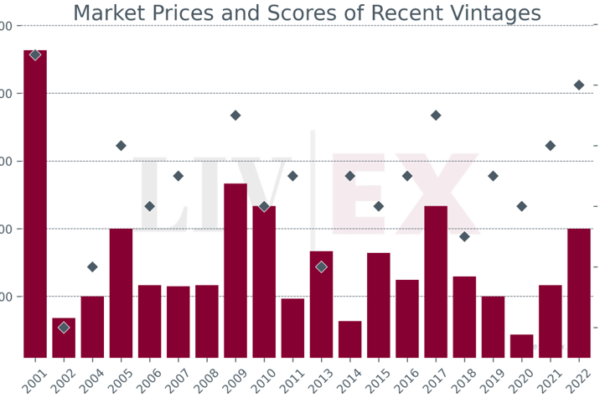Profile
Owner: Groupe SMABTP
Classification: Fifth Growth
Vineyard area: 87 hectares
Average annual production: 300 000 bottles p/a
Colour: Red
Standard blend: 35% Cabernet Sauvignon, 40% Merlot, 23% Cabernet Franc and 2% Petit Verdot
Other wines: Les Allées de Cantemerle (150 000 bottles p/a)
History
Chateau Cantemerle’s history extends well into the Middle Ages, when the original chateau formed part of the fortifications defending the Medoc. And though viticulture did not become an integral part of life at Cantemerle until the 16th century, wine was produced from at least 1354, when one of the earliest-known lords paid off a debt with a “tonneau of clairet”. In 1579 the estate was purchased by Jean de Villeneuve – ushering in a more focused era of wine production. But whilst the Villeneuve-Durfort family is widely credited with advancing viticulture in the Medoc region, their three-hundred-year reign was not without its fair share of scandal.
In the mid-seventeenth century, Louis de Villeneuve – then Lord of Cantemerle – was excommunicated “for having caused a great scandal in the church of Macau” after he kidnapped the sister of Lord of Gironville and beat her publicly during a church service. Further controversy followed in the 1800s when the Villeneuve-Durforts entered into a now-famous legal battle with their neighbour, Pierre Chadeuil, who had begun to use the Cantemerle name to promote his wines. After winning all rights to the name, Caroline Villeneuve-Durfort used the dossier collated during the court case (including selling prices) to ensure Cantemerle’s last-minute inclusion in the 1855 classification. (Early documents confirm that the chateau narrowly escaped being left out all together, thanks to her efforts.)
Between 1879 and 1887 the vineyards endured an exhausting battle against phylloxera and downy mildew, after which the Villeneuve-Durforts sold the chateau to the Dubos family. Unfortunately, chronic financial problems (as well as family quarrels) impeded any real development, and the estate was sold to the Groupe SMABTP in 1981.
Since then, the new management has undertaken extensive rebuilding and replanting work. And after something of a slump in the ‘70s and ‘80s, Cantemerle’s last ten vintages have reaffirmed its well-earned place among the cinquieme crus.
Cantemerle 2009 and 2010
The 2009 and
2010 have been Cantemerle’s highest-scoring vintages of the last two decades.
James Suckling awarded 93-94 points to the 2010 and 95 points to the 2009, effusing
that the latter wine was the “best ever” vintage of Cantemerle. The World of
Fine Wine panel recently described the chateau as making “some of the most
exciting wines on the entire Left Bank these days”.
Moreover, despite Cantemerle’s rising quality
the prices have remained at extraordinarily reasonable levels. With a market
price of less than £250 per12x75, both the 2009 and 2010 look underrated – particularly
in comparison with other Fifth Growths. On a price-over-points basis (POP –
please see the explanations below the charts) Cantemerle offers the best value
out of the Fifth Growths for its 2009, and the third best value for its 2010 – and
the best for a wine with 94 points.
All
prices are in GBP and are for 12x75cl cases. Scores are from www.jamessuckling.com.
Where a score was unavailable, * denotes that the score from www.winespectator.com/ was used instead.
POP
A wine’s POP
score is its price-over-points ratio, our loose measure of value. It is
calculated by dividing the price of a nine-litre case of wine by a shortened
20-point score. We have calculated this 20-point score by simply subtracting 80
from the official rating from James Suckling (for barrel-score spreads we use
the mid-point of the score), on the basis that any wine under 80 points is
unlikely to attract a secondary market. In theory, the lower the POP score
the better value a wine is.






